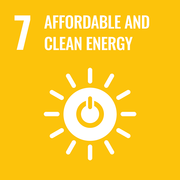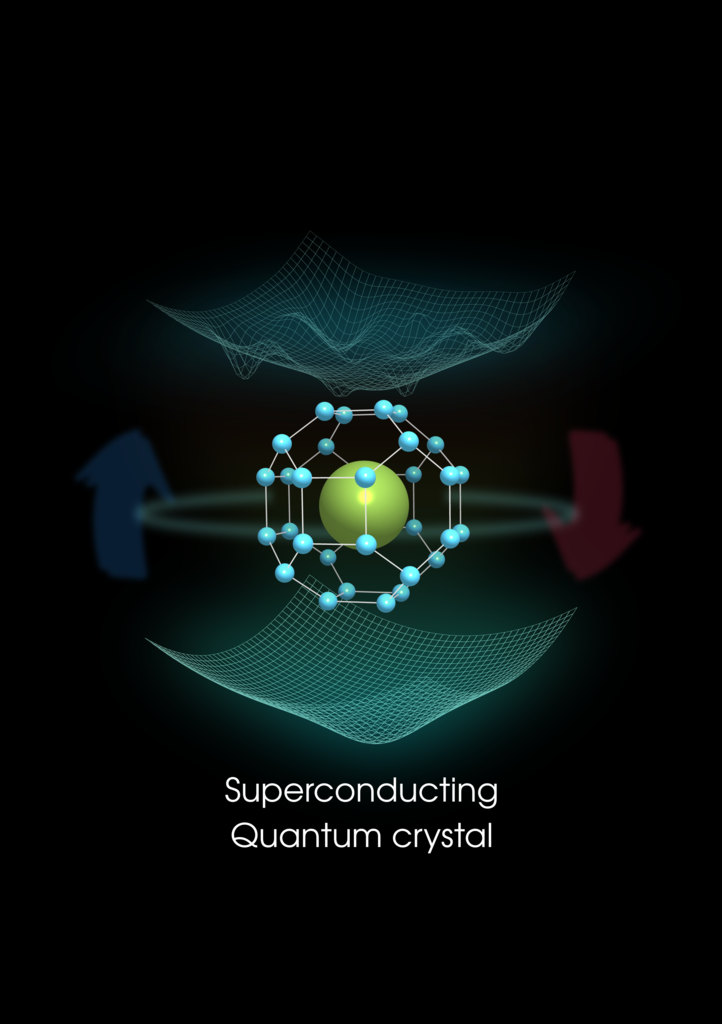
A record superconductor thanks to quantum physics
All superconducting materials used for highly efficient electric transport must be cool down to very low temperatures in order to operate without energy losses.
Achieving superconductivity at room temperature is one of the most seek dreams of physics as it would make possible great technological applications such as the creation of ultra-efficient electric motors or generators, as well as the possibility of creating strong magnetic fields without cooling.
The recent discovery of lanthanum hydride (LaH10) and its superconductivity temperature at -23ºC (the average temperature to which domestic freezers work), put hydrides-based materials at the verge of achieving room temperature.
However, in these compounds the superconducting phase is formed at very high pressures, more than a million times higher than the atmospheric one, which poses great doubts on the use of these materials on concrete applications. Moreover, previous theoretical work has predicted that only for pressures exceeding 230 gigapascals the compound of LaH10 would form a highly symmetrical structure with a hydrogen cages enclosing the lanthanum atoms (10 hydrogen atoms for each lanthanum atom). These classical calculations have also concluded that the structure deforms at lower pressures, breaking the high symmetry of the system. However, more recent experiments have been able to synthesize the highly symmetric superconducting compound at much lower pressures, from 130 to 220 gigapascals.
The explanation for these discrepancies comes from the study published on the journal Nature conducted by José A. Flores Livas and Francesco Mauri of the Department of Physics of Sapienza University in collaboration with researchers from Spain, France, Germany and Japan. The researchers in their work instead of treating protons as classic particles, that is as simple corpuscles in space, considered them as quantum objects, described with a delocalized wave function that allows to represent the state of the entire system (nuclei and electronic wavefunction treated quantum mechanically).
In fact, when ions are treated as classical particles many structural distortions arise on the crystalline structure which lower the energy of the system, producing energy degenerate structures that corresponds to many local minima. But when ions are treated as quantum objects, the potential energy surface that represents the set of atomic positions is completely remodeled and only one minimum is expected: the experimental one. This minimum corresponds to the highly symmetrical structure.
The analysis based on quantum fluctuations allowed the researcher to estimate the measured superconducting temperature with high accuracy.
Finally, the work shows that the distortions of the crystal structure, which emerge when the quantum effects in the nuclei are ignored, are due to the enormous interaction between lattice vibrations and electrons, which is also the origin of the superconducting record properties of this compound. The removal of these distortions by proton fluctuations opens new hopes for the discovery of high temperature superconducting hydrogen compounds at much lower pressures than those currently expected in classical accounts.
References:
Quantum crystal structure in the 250-kelvin superconducting lanthanum hydride - Ion Errea, Francesco Belli, Lorenzo Monacelli, Antonio Sanna, Takashi Koretsune, Terumasa Tadano, Raffaello Bianco, Matteo Calandra, Ryotaro Arita, Francesco Mauri and José A. Flores-Livas - Nature (2020) DOI https://doi.org/10.1038/s41586-020-1955-z
Further Information
José A. Flores Livas
Dipartimento di Fisica
jose.flores@uniroma1.it
Francesco Mauri
Dipartimento di Fisica
francesco.mauri@uniroma1.it

